Industry information
Company News
- Customize aluminum veneer to create a new trend of personalized space!
- Fluorocarbon aluminum veneer: the fashionable choice for modern architecture?
- Aluminum Shield, Guardian of Summer Coolness - Unveiled Aluminum Alloy Air Conditioner Cover
- Fluorocarbon aluminum veneer: the new aesthetic favorite of modern architecture
- Aluminum veneer customization, creating a new trend of personalized space
Industry dynamics
- Material and Quality of Stone patterned Hyperbolic Aluminum Veneer
- Aluminum veneer customization, creating a new choice for personalized space!
- Fluorocarbon aluminum veneer: the fashionable choice for future architecture?
- Aluminum veneer customization, creating an exclusive personalized space
- The application of aluminum veneer in large buildings
Frequently asked questions
- What is the price of aluminum veneer?
- What is the environmental performance of aluminum veneer?
- What are the thickness and specifications of aluminum veneer?
- What is the value of recycling and reusing aluminum veneer?
- What is the corrosion resistance of aluminum veneer?
contact us
Mobile:+86 15627778610
Email: 2201229786
Address: No. 5 Binjiang Road, High tech Zone, Zhaoqing City, Guangdong Province
The application of aluminum veneer in indoor decoration
- Author: Xinlongtai Aluminum Industry (Guangdong) Co., Ltd
- Release time: February 27, 2025 19:56:58
- Click:0
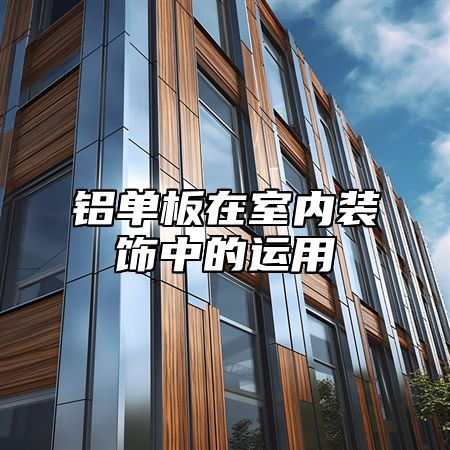
Aluminum veneer, as a new type of building material, not only has a wide range of applications in exterior walls, roofs, and other fields, but also has unique advantages in interior decoration. Let's learn about the use of aluminum veneer in indoor decoration together.
Aluminum veneer can be used for wall decoration. Aluminum veneer has good thermal insulation and waterproof properties, which can effectively reduce changes in indoor temperature and humidity, thereby improving indoor comfort. Aluminum veneer also has high decorative properties and can be customized according to different design requirements to meet the needs of different interior styles. For example, aluminum veneer can be combined with other materials to form a composite wall, thereby further improving its insulation performance and decorative value.
Aluminum veneer can be used for ceiling decoration. Aluminum veneer has good sound insulation and fire resistance, which can effectively isolate noise and fire, and protect the safety of indoor personnel. Aluminum veneer also has high transparency and ventilation, which can improve indoor lighting and ventilation effects. For example, aluminum veneer can be combined with other materials to form transparent or semi transparent ceilings, thereby achieving good lighting and ventilation effects.
In addition, aluminum veneer can also be used for furniture decoration. Aluminum veneer has good plasticity and processability, and can be customized according to different furniture design requirements to meet the needs of different furniture styles. For example, aluminum veneer can be used as a surface material for furniture such as tables and chairs, thereby improving the aesthetics and practicality of the furniture.
The advantages of aluminum veneer in indoor decoration also include environmental protection, energy saving, and convenient construction. Aluminum veneer is a recyclable material that can reduce its impact on the environment. The production process of aluminum veneer also meets environmental requirements, using advanced production processes and equipment to reduce pollutant emissions and resource waste. The construction process of aluminum veneer is also relatively simple and fast, which can greatly shorten the construction period and reduce construction costs.
Aluminum veneer is widely used in indoor decoration. Only by fully understanding these factors can the advantages of aluminum veneer be fully utilized and contribute to interior decoration. We still need to constantly explore and innovate, develop more environmentally friendly, energy-saving, and sustainable building materials and technologies, and promote the sustainable development of the construction industry.

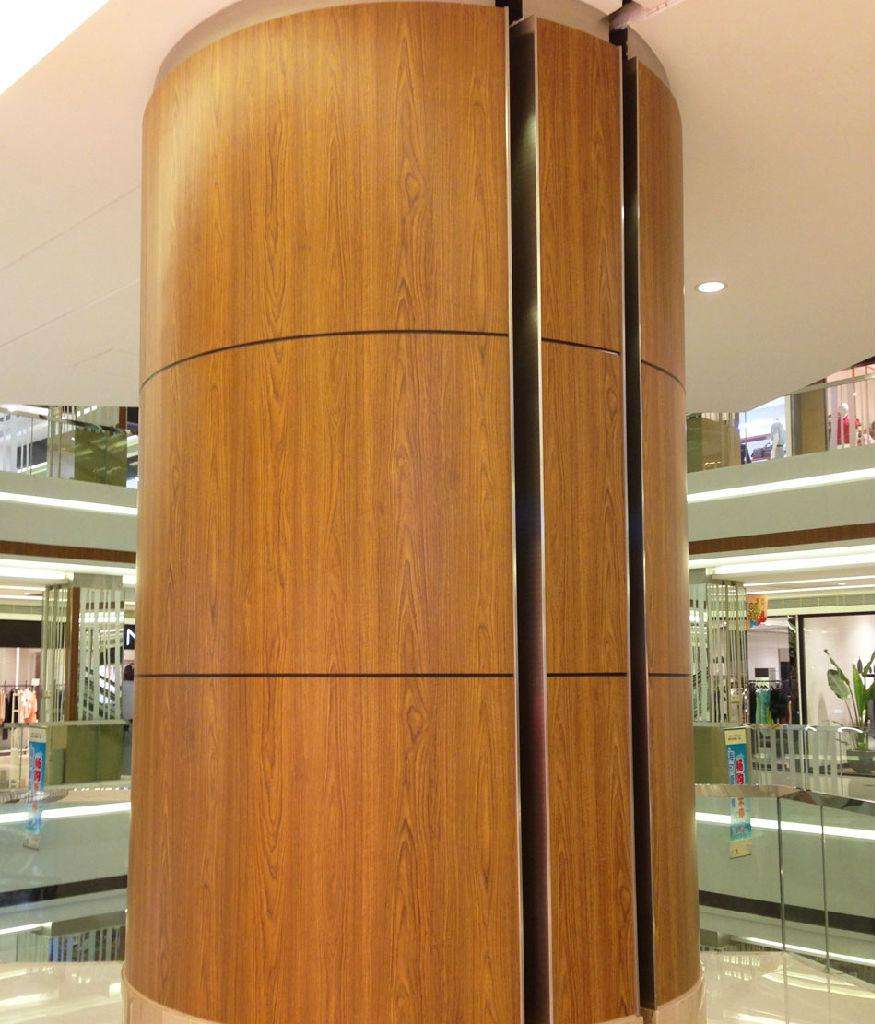
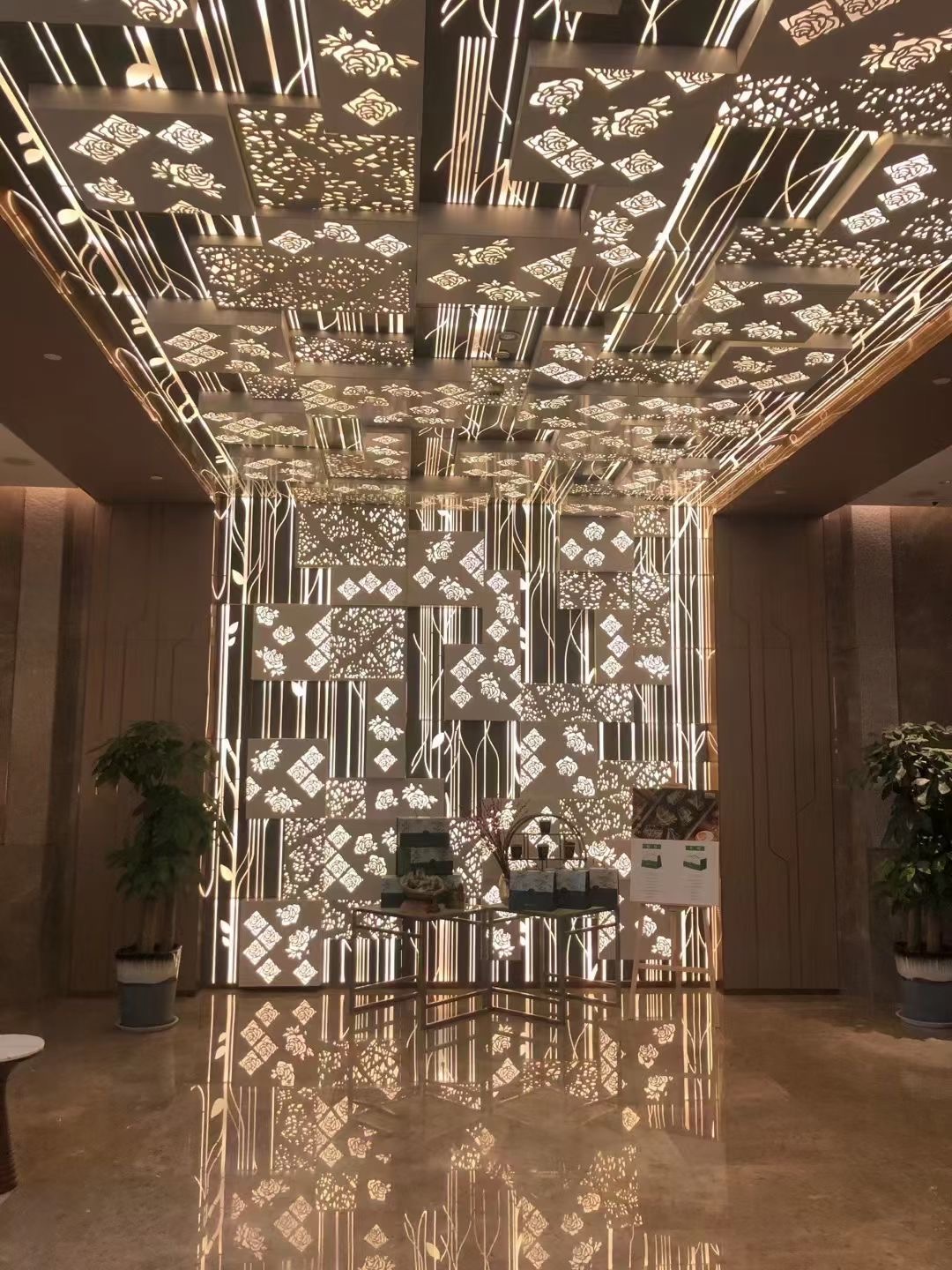
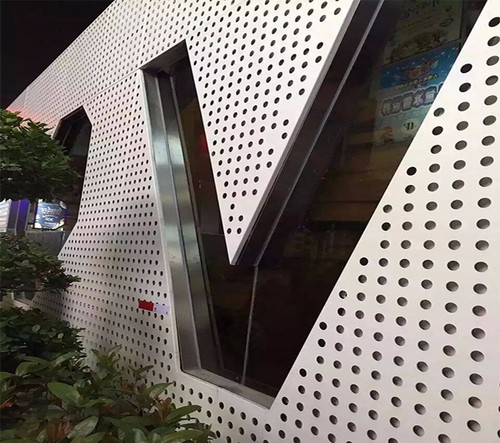

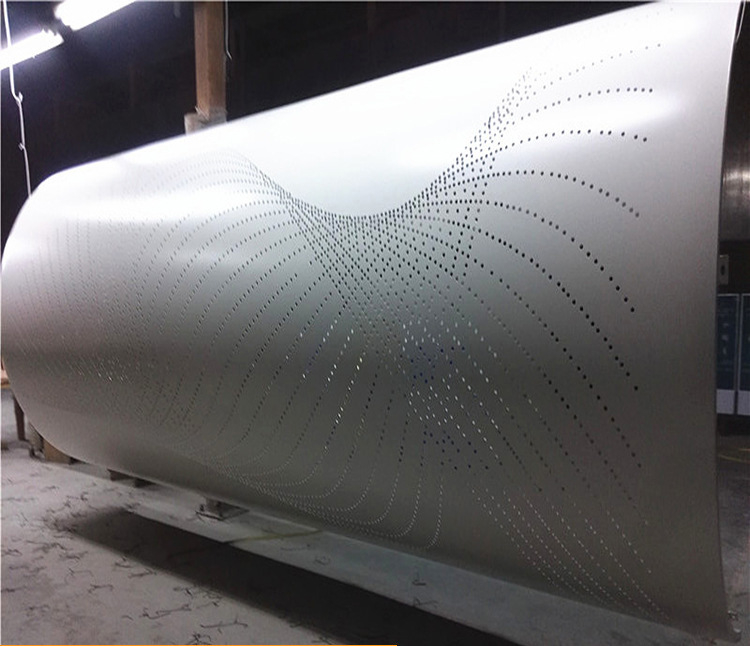
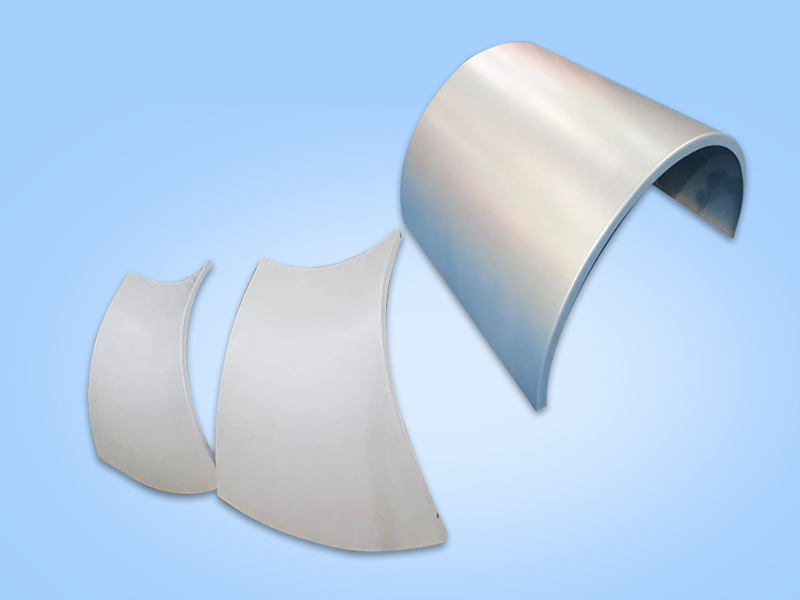
 Customer service QQ
Customer service QQ